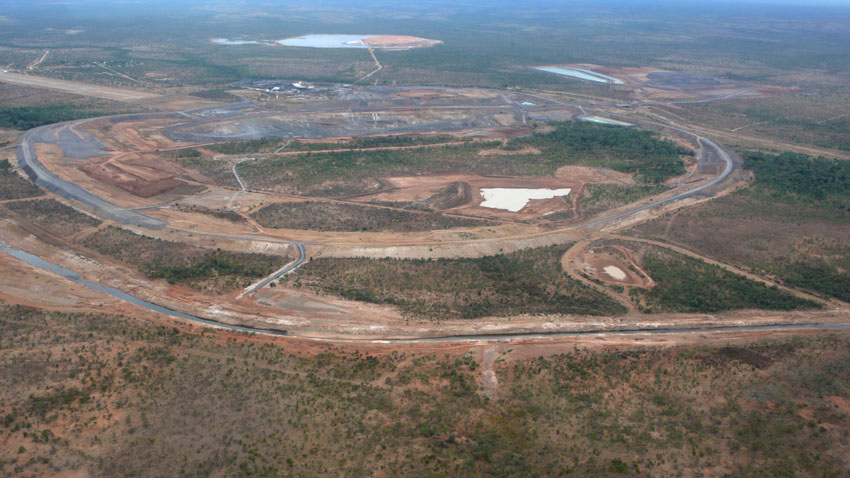By George Houen
Make Good
Mine dewatering is to be subject
to the Water Act provisions requiring underground water impact reports,
baseline assessments, general agreements and make good agreements. These will
do little if anything to protect the rights of other groundwater users.
Miners will hide behind the one-side
and trivial provisions of the Water Act to frustrate any attempts by landowners
to achieve make good agreements that are actually workable and enforceable. The
limited bargaining power which the
landowner may have during the current objection process will no longer count
for anything as far as a make good agreement is concerned.
The Water Act make good
provisions are so one-sided and fundamentally flawed that in practical terms
are they unenforceable, for example:
- settlement
of a make good agreement is not required before dewatering begins, so the landholder
has no bargaining power – only a recourse to the Court and the Court would be
restricted by these badly designed Water Act provisions
- no requirement
for independent expert testing of bores;
- bore
owner not entitled to the data and reports
- baseline
testing of private bores inadequate (especially as sustainable yield and
gas intrusion not tested)
- no
regular monitoring of private bores including for specific capacity (short-form
yield test) and gas intrusion
- no
expert-determined declining value trigger levels for individual bores
derived from monitoring data (just one-size-fits-all water level decline
which is not conclusive proof of diminished capacity)
- no
process for independent expert interpretation of impaired capacity and its
cause when trigger levels reached
- no
process for resolving appropriate make good action
- no dispute
resolution process for technical matters requiring expert assessment
- both
make good and compensation are assessed according to the ‘authorised
purpose or use’ of the bore, ie. its licensed yield limit (if there is
one) and description of its utilisation at the time of baseline testing.
Either or both of those parameters may be substantially below the bore’s
actual capacity.
Comment
Licenced yield (if the bore is
subject to licensing) can be amended. Subject
to that upper limit it is the owner’s right to use the bore’s full capacity and
it is that full capacity which must be underwritten by the make good system.
The Water Act make good scheme fails to test (baseline test) and track (by
monitoring) an individual bore’s actual capacity and thereby accurately
identify any adverse change and its cause. Data from those in-house assessments
isn’t required to be shared with the bore owner. Those
broad groundwater assessments and reports under the Water Act will
gather a vast bank of data which is of little if any use when it comes to
achieving a just outcome for the owner of a damaged bore.
More detail of the dysfunctional
nature of the make good scheme may be found in ‘Make Good Flaws’, a
supplementary document from Basin Sustainability Alliance at the 29thOctober 2014 public hearing of the Agriculture, Resources and Environmental
Committee of Parliament.
As is painfully obvious from experience in make good negotiations with
CSG companies, such weak and inadequate terms in the Act are used by resource companies
as a shield to deflect and frustrate any attempt by landholders to negotiate
realistic and enforceable terms of a make good agreement.
As stated above, dewatering approval should only granted after the
proponent has entered into a make good agreement with each potentially affected
bore owner.
Private make good agreements can meet all the tests referred to above.
In both parties’ interests the agreement must lay out a process for gathering
and supplying to both parties the necessary up to date data and fact and
independent expert assessment. Both parties require that information as
evidence in the event a make good claim arises. The resource company’s right to
challenge a make good claim in court must be respected. The onus of proof of
damage and its cause is on the bore owner and the standard of proof is
demanding, so that the agreement must ensure the necessary data and fact are
available if needed.
A government-sponsored standard make good agreement would be
appropriate, but that should be the extent of the Government’s involvement.
Previous published related posts







